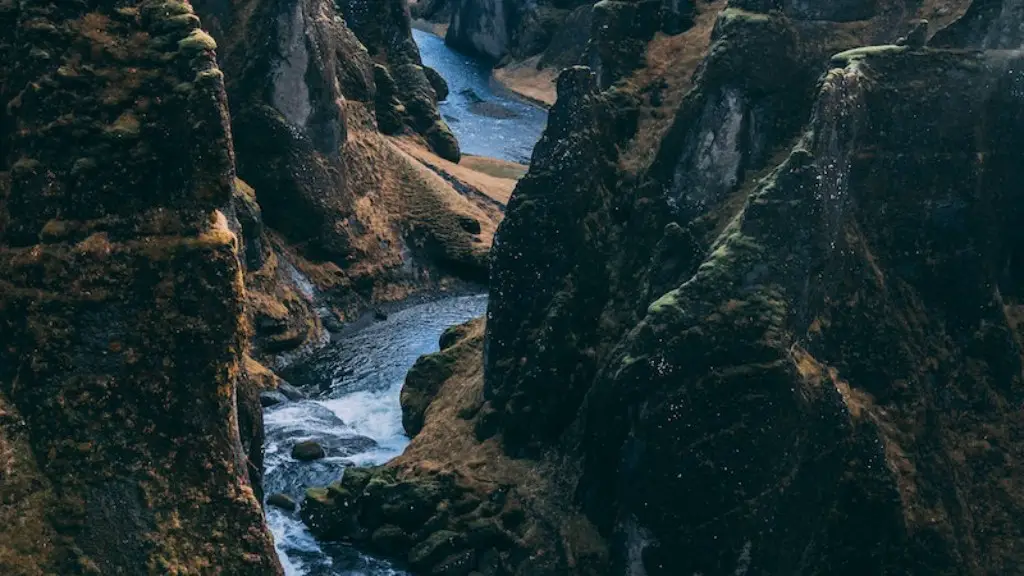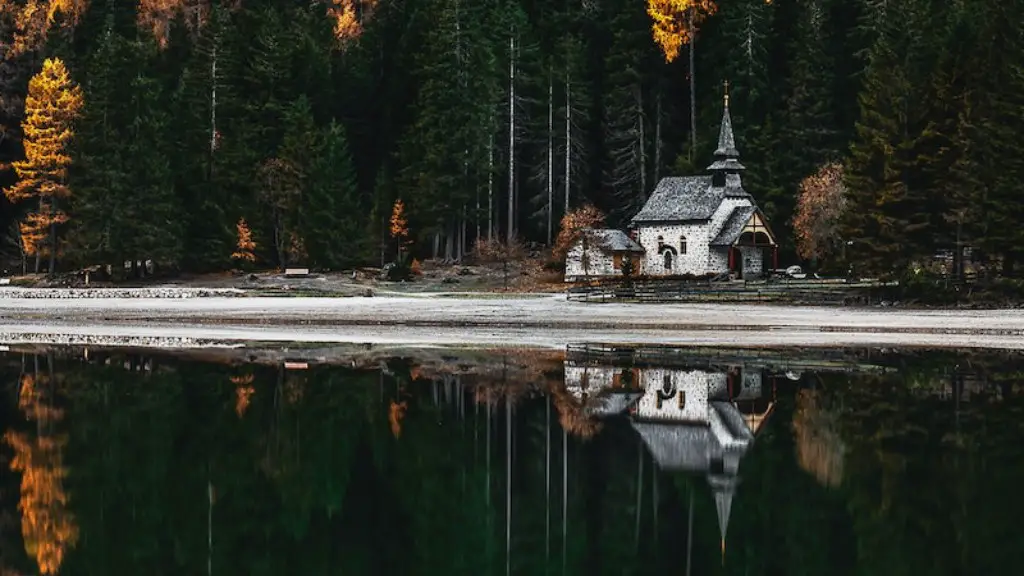Spain’s exploration of the Americas began in the late 15th century, when Christopher Columbus set sail and triggered a wave of exploration and colonization in the new world. The exploration of the Mississippi River proved to be a key part of this exploration and early colonization. Spanish explorer Hernando de Soto is credited as the first explorer to discover the Mississippi River and by some accounts, as the first to cross it.
De Soto was a seasoned veteran of exploration and conquest throughout the Americas, participating in Francisco Pizarro’s 1532 conquest of the Inca Empire in Peru. He was later part of the 1536 expedition that uncovered the riches of the Aztec Empire under the rule of Hernán Cortés. After establishing himself as one of the most experienced explorers of his time, de Soto began planning an expedition to search for gold and spices in North America in 1539. He sought royal favor and royal funding, which was eventually granted. In May 1539 he gathered up an army of 920 men and set sail for the Gulf Coast of Florida.
As de Soto and his army explored the southeastern United States, they eventually made it to the Mississippi River in May, 1541. Most sources agree that de Soto was the first European to discover, or even glimpse, the great Mississippi River. He and his men were the first Europeans to cross the Mississippi, and de Soto was the first to baptize it. In a storied ceremony, de Soto christened the Mississippi River the Río de Espíritu Santo, or River of the Holy Spirit.
De Soto and his men also became the first Europeans to navigate parts of the river, an impressive feat without today’s modern navigation systems. In May 1541, the explorer and his men crossed the Mississippi at the furthest point north that he got, in what is now the Tupelo region of northern Mississippi. After crossing the Mississippi, de Soto and his men continued to explore the southeastern United States before ending their expedition in 1542.
De Soto’s Legacy
Hernando de Soto’s expedition set the stage for the future colonization of North America by Spain, and by extension, the United States. Spain quickly began establishing settlements in the Mississippi River Valley and other parts of North America after de Soto’s voyage. These settlements, largely fueled by de Soto’s discoveries, allowed Spain to stake its claim to large sections of the American continent and build its influence in the region.
Beyond his physical exploration, de Soto also left an indelible mark on the people he encountered during his voyage. The arrival of de Soto and his entourage of conquistadors was a significant disruption to the local native populations, who had never seen such massive armies and powerful weaponry. The stories of de Soto’s journey, including his crossing of the Mississippi, quickly passed into local oral traditions and the folklore of many indigenous peoples in the region.
De Soto’s expedition also marked the beginning of the end of Spanish exploration in the Americas. Though they would remain in North America for nearly a century, de Soto’s ill-fated voyage into the depths of the continental interior — which saw many of his men perish or become stranded — would be the last of its kind. After de Soto’s expedition, no other Spanish expeditions would set out to explore the depths of the continent.
The Impact of Discovery
The discovery of the Mississippi River by Hernando de Soto had a long-lasting and profound impact on the region’s history. In addition to helping to shape the future of Spanish colonization of the Americas, it opened up the interior of the continent to future exploration. After de Soto’s crossing, more expeditions were sent to investigate the Mississippi and its tributaries, eventually helping to open up the West and spurring the settlement of the Midwest. De Soto’s voyage also provided key insight into the flora, fauna, and indigenous people of the southeastern United States, which had been largely unexplored before his expedition.
In the centuries since his fateful expedition, de Soto’s journey has been immortalized in books, songs, plays, and other art forms. He continues to play an important role in the cultural history and mythology of the American South and is remembered as one of the most important adventurers in the age of exploration.
Controversy
In recent years, the legacy of de Soto has been the subject of increasing controversy. His policies of conquest and enslavement often alienated and angered many of the native people he encountered during his journey, which has drawn the ire of many historians and activists who see him as nothing more than a symbol of European colonialism and oppression.
While many are quick to condemn de Soto’s methods and practices, some historians and experts point out that he was far from the only explorer in the age of discovery who employed such methods, and many of them were far worse. Others argue that de Soto played an important part in making sense of the otherwise largely unknown interior of North America, while also opening up the region to future exploration plans.
Historical Significance
Though the details of Hernando de Soto’s life remain shrouded in mystery and controversy, there is no denying the impact of his exploration on the region and beyond. De Soto’s discovery of the Mississippi River and his trek across it is remembered as one of the most significant journeys in the age of exploration, and it helped to shape the future of Spain and the United States. The legacy of de Soto will continue to be studied, celebrated, and disputed in the centuries to come.
Public Perception
In spite of the ongoing debate about his legacy, Hernando de Soto remains an important figure in the popular imagination. Books, films, and other media depictions of de Soto often portray him as a brave and noble explorer, though some works delve into the darker sides of his legacy and his own ruthlessness. Either way, de Soto’s exploration of the Mississippi River remains an enduring part of the American and Spanish histories, and it continues to fascinate those who study his life and achievements.
Impact on the Mississippi River
Since de Soto’s discovery of the Mississippi, the great river has become a vital part of the North American economy, transportation, and culture. In the centuries since de Soto’s discovery, the Mississippi has been used for countless tasks — from transporting goods to providing energy. It has been the scene of countless stories from explorers, adventurers, and everyday citizens, and it remains a key part of the United States’ natural landscape.
The Mississippi River is also a key part of the cultural history of the United States, with its winding banks and ever-changing landscape providing the backdrop for a variety of tales, stories, and legends. The river is often associated with freedom, adventure, and a spirit of exploration, in part thanks to the indelible mark left by de Soto’s journey centuries ago.
Impact on Exploration
Hernando de Soto’s exploration of the Mississippi River is remembered as a watershed moment in the history of exploration and colonization. His journey was one of the last major exploratory expeditions of the age of discovery and it set the stage for the future of exploration. The discoveries and insights gained during his voyage inspired future exploration projects and enabled others to cross the continent with more confidence.
Today, de Soto’s exploration of the Mississippi River is remembered as an important milestone in the exploration of North America. While his legacy is often the subject of debate and disagreement, the impact of his exploration of the Mississippi River is clear. He opened up new vistas and was one of the first Europeans to catch a glimpse of the great river, inspiring a spirit of exploration that remains alive today.




